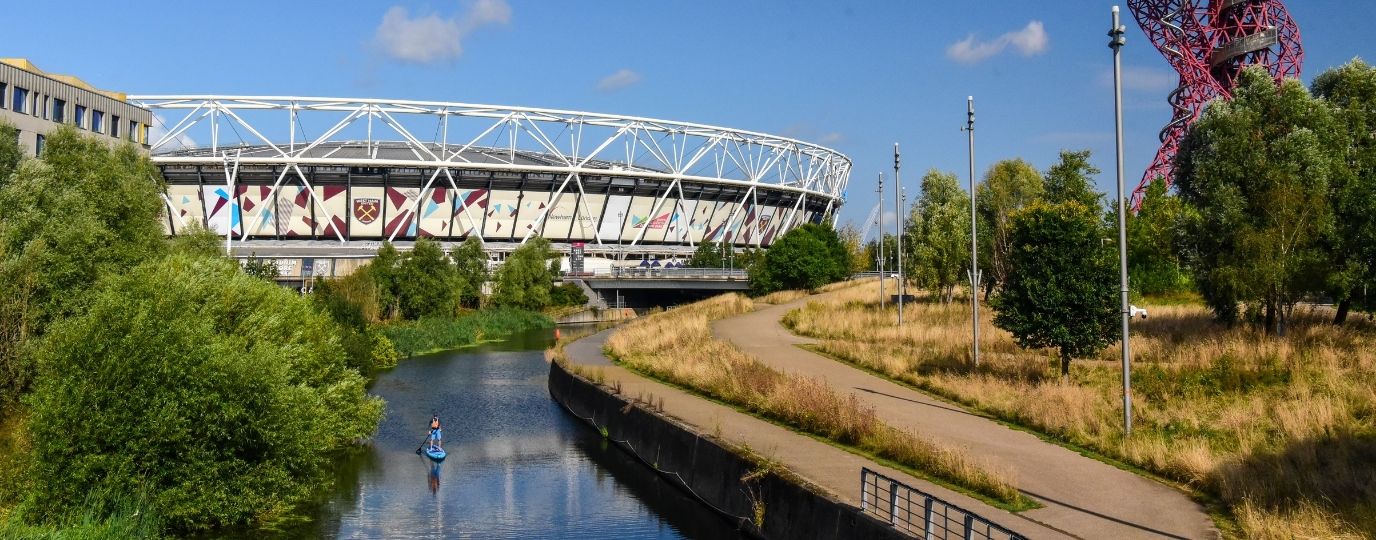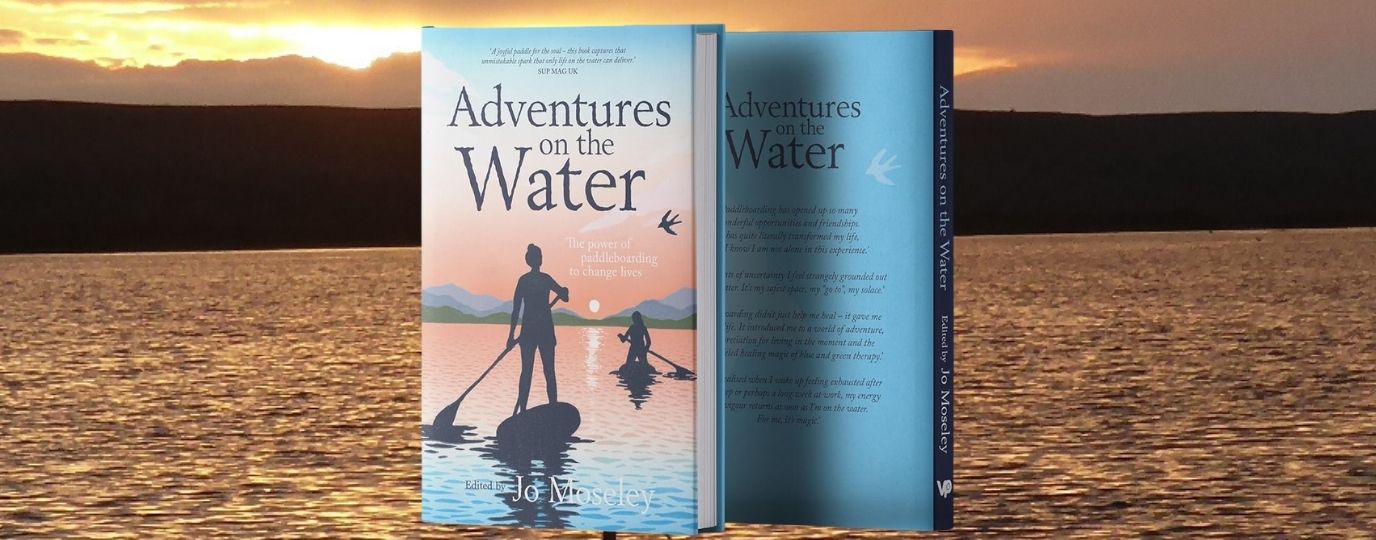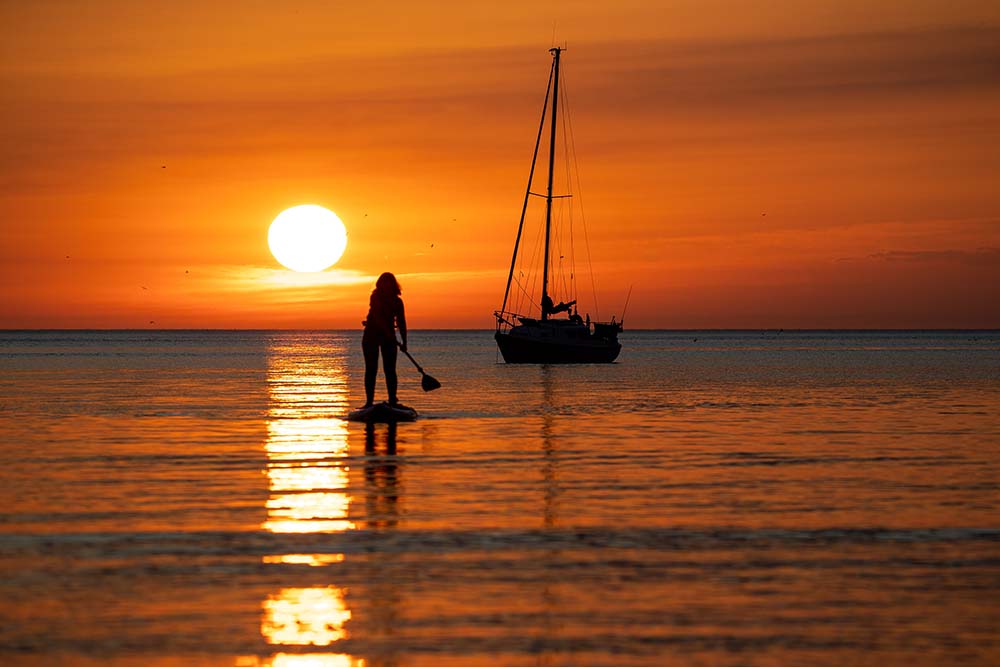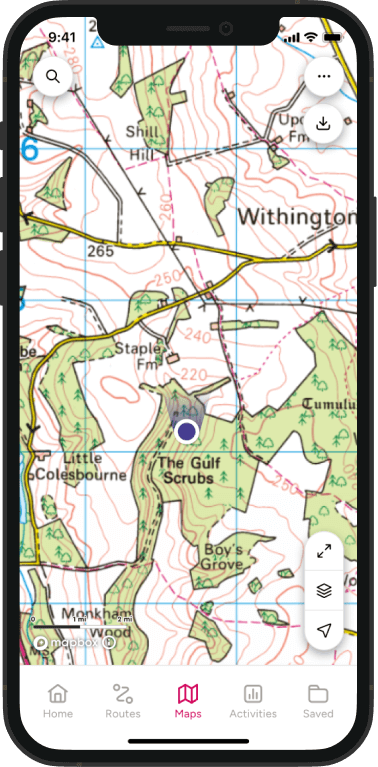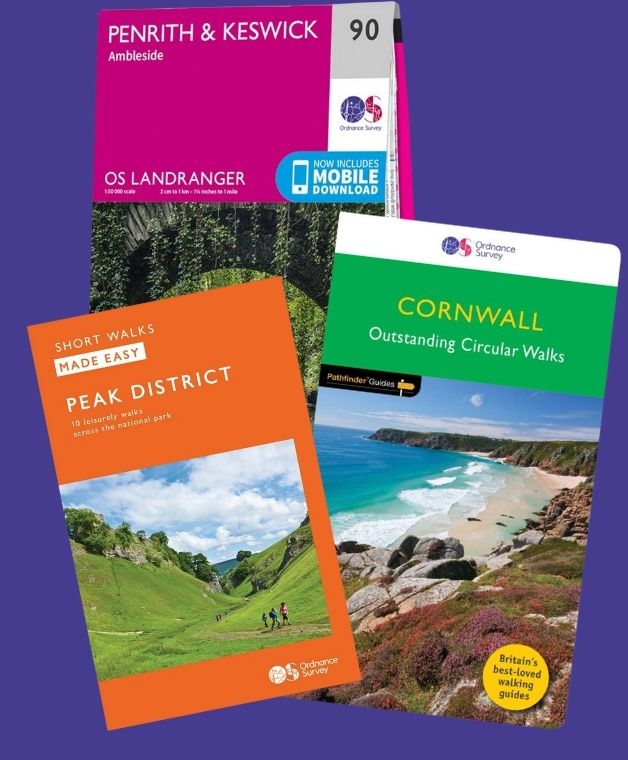Paddle Boarding Tips
Whether you want to try stand-up paddle boarding (SUP) for the first time or you’re looking to improve your skills, this guide will ensure you have a great time out on the water.
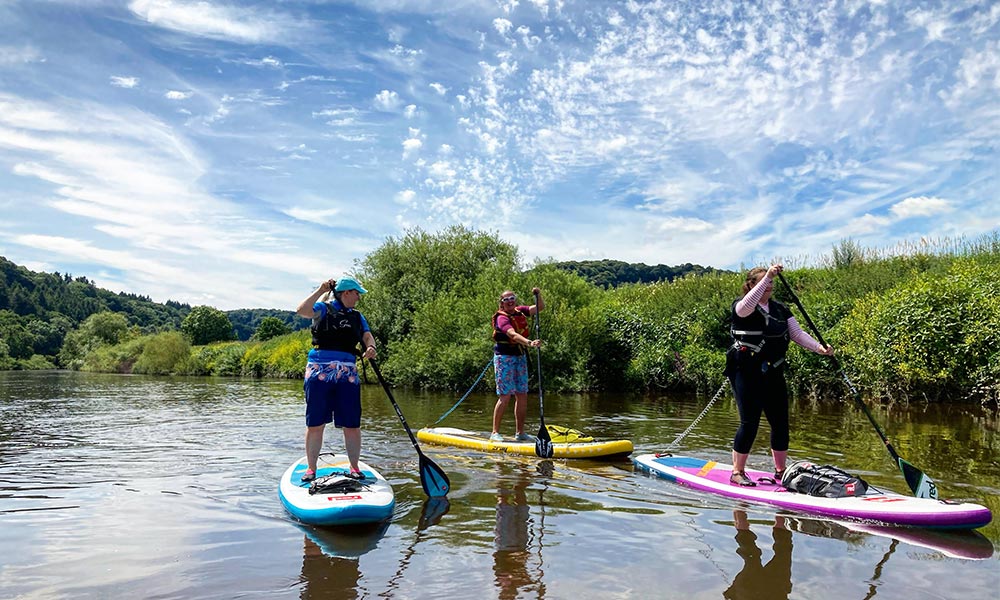
What is stand-up paddle boarding? (SUP)
Born from surfing routes in Hawaii, stand-up paddle boards float on the water and are propelled along with the use of a long paddle. Most paddle boards are inflatable (iSUP), though you really can’t tell when you are on one! Whether you want to cruise along rivers, play in the surf, get wild on white-water, take a trip with the kids and your pooch, or try your balance with a little SUP Yoga. This water sport really does have something for everyone.

What skills do I need for Paddle Boarding?
Anyone can try their hands at stand-up paddle boarding and flat water is best for beginners. First, start by kneeing and as your confidence grows, you’ll be able to stand up and use your paddle. If you’ve caught the SUP bug and brought your own board, you’ll need to know how to make that board move like a pro! Be able to read water and weather conditions and know what to wear for maximum enjoyment and safety.
Whilst most people can stand and manage to paddle along without too much trouble if you want to be confident and safe on the water a little coaching can go a long way!
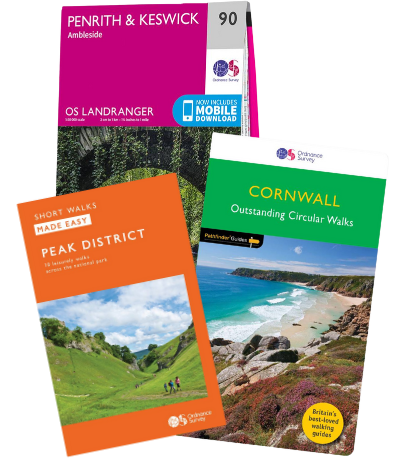
EXPLORE THE
OS Shop
We are with you every step of the way. Shop our trusted walking and hiking maps and guidebooks so you can explore the outdoors with confidence.
Go to the shopChanging Robes Perfect for Post Paddle Boarding
Where Can I get Paddle Boarding Training
The best way to learn is from a passionate pro with recognised qualifications. Many SUP schools offer beginners skills coaching sessions that last between 90 minutes and 2 hours. You can expect to learn how to handle the board and paddle effectively, safety and rescue techniques along with basic paddle skills such as the forward, front sweep, and reverse sweep strokes. A good coach will fuse these skills with fun games to ensure you catch the SUP love bug!
Below is a list of recognised SUP Professional Bodies:
- BSUPA (British Stand-Up Paddle Association)
- BCU (British Canoe Union)
- ASI (Academy of Surfing Instructors)
Top up your paddle skills from the comfort of your own home with the ISUP SMART course from Water Skills Academy. You will enjoy an interactive theory course with a certified WSA instructor, covering equipment, weather, and navigation, managing hazards and associated paddle risks, SUP rescue techniques and more.

Where can I go paddle boarding?
River. Canal. Lake. Reservoir. Coast. You and your SUP can travel the world, experiencing and enjoying every type of waterway there is! iSUPs (inflatable stand-up paddle board) roll down and pack into a carry bag, many with wheels, making it easy to transport and find new places to explore. Check out the paddle routes in OS Maps!
Tips for Paddle Boarding on Rivers and canals
Some rivers have free paddle board access such as my home the Wye, others require a licence. To be sure you’re covered grab yourself a paddle membership with Water Skills Academy and you will receive a Canal and Rivers Trust Licence granting you access to over 3,000km of waterways. As a bonus you’ll also receive 10 million public and civil liability insurance. Launch and landing points particularly along rivers can be private access only. A useful site to check for access is Go Paddling.
Paddle Boarding on rivers requires knowledge of weather and water conditions to paddle safely, particularly if the rivers are tidal.

Tips for Paddle Boarding on Lakes
Some of my favourite paddling has been on lakes in the Lake District. Ullswater, Wastwater and Derwent Water are particularly beautiful! Many of the big lakes around England and Scotland allow access to the public. Whilst private lakes such as those at South Cerney in the Cotswolds require membership and a recognised branded board if you’re bringing your own kit.
Lakes are a super safe start place for newbie paddlers.
Tips for Paddle Boarding on Reservoirs
There are some stunning reservoirs in the Brecon Beacons but these do require a licence from a certified water sports provider. Look out for local SUP schools running events in these stunning locations.

Tips for Paddle Boarding in the Sea and by the Coast
Arguably some of the most incredible paddle experience will be found on the coast but coastal paddling also requires the most skill and knowledge of conditions and navigation. Whilst it is free and easy to launch anywhere along the coast in the UK, to truly experience the magic of coastal paddling join an organised trip. The Dorset coastline around Durdle Door and Harry’s Rock is stunning. At the Gower coastline around Rhossili and Three Cliffs you may get to paddle with grey seals.
What equipment do I need for Paddle Boarding?
There’s no shortage of places to hire a SUP and you can do so for as little as a couple of hours or an entire day. If you love it, you’ll want to have your own board.
As with all new hobbies, we start small with our kit and build up. Here’s my list of ‘must haves’:
SUP Essential Equipment
- SUP (Stand Up Paddleboard)
- Paddle
- Quick release belt
- Coiled (flat water paddling) or flat leash (coastal paddling)
- Buoyancy Aid – don’t skimp with this.
If you buy a board package these items will come together. Accredited SUP Instructors and SUP Schools no longer promote coiled leashes attached directly to the leg, due to safety concerns. Therefore, a quick release belt which attaches the leash to your waist is a MUST!
Some of my favourite suppliers are: Mc Conks, Starboard, Red Paddle UK, Oshea, Fanatic

SUP Accessories to extend your fun!
Once you have the basics you can slowly add to your kit to help extend your time on the water
- Wetsuit shoes / deck shoes
- Wetsuit
- Drybag
- Changing robe – to keep you warm and dry (not essential but oh so nice to have!)
- Waterproof phone case – to prevent any accidents when taking photos!

EXPLORE THE
OS Shop
We are with you every step of the way. Shop our trusted walking and hiking maps and guidebooks so you can explore the outdoors with confidence.
Go to the shop
Final Advice for Safe Paddle Boarding
Safe paddling is happy paddling, follow my 5 simple steps to keep yourself safe.
- Join a SUP Beginners Skills course with an accredited provider
- Ensure you are fit and healthy enough to paddle with a good level of swim ability
- Only paddle in conditions you know and feel safe in
- Always paddle with others if you are venturing further than a fixed location, let someone on land know your route and your ETA
- Always where a quick release belt on flat water and a buoyancy aid unless SUP Surfing

How can I start paddle boarding asap?
Fancy coming and giving SUP a try? If you have enjoyed these beginner paddle boarding tips but want to get a bit more experience try joining a local group.
Join a SUP social, community paddle or a SUP litter pick in association with Planet Patrol. There’s also a number of guided paddles and beginners courses. Search online for your closest or ask your local hire company. If you’re looking for something different, there’s even SUP yoga and doggie paddle boarding!
At Paddleboarding Adventures were keen to get the whole family out on the water, so we offer a range of experiences to suit the paddler.
Come catch the SUP love bug.

